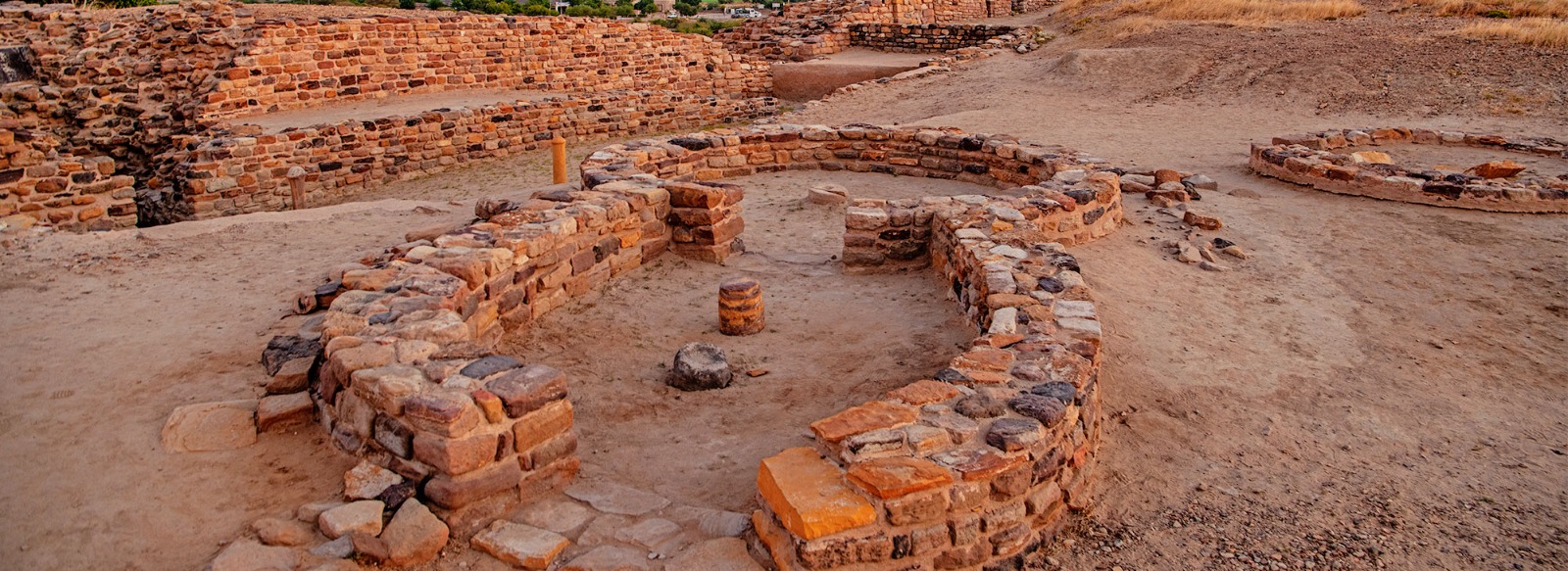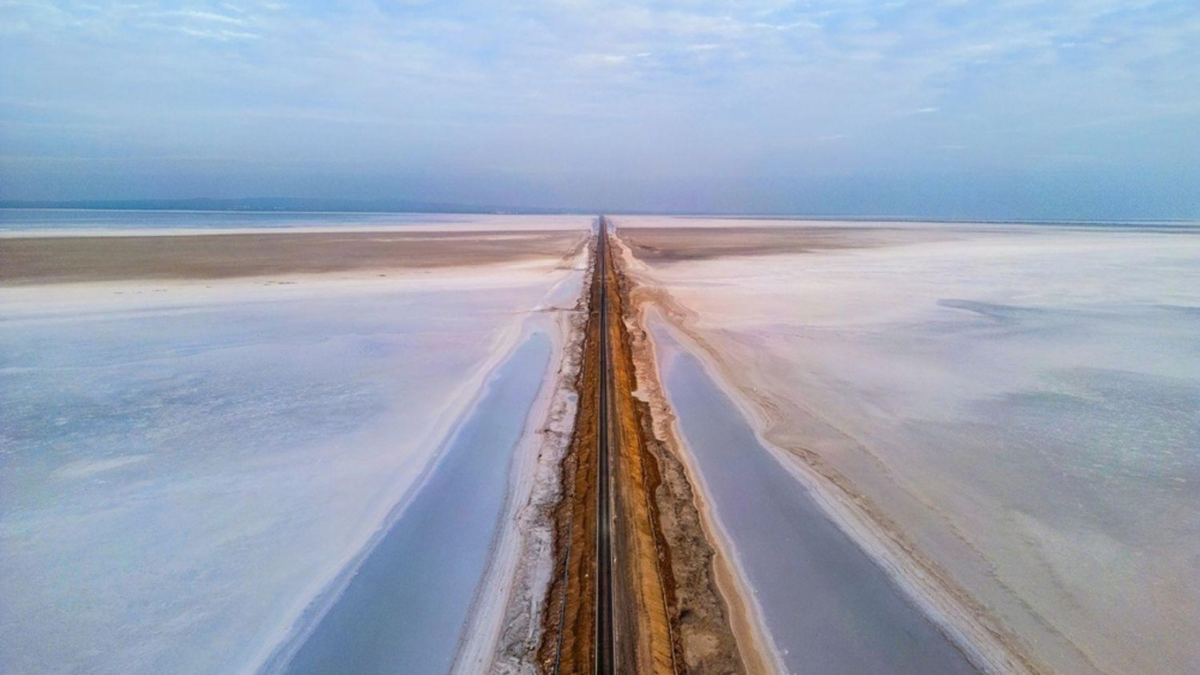
If you’re getting ready to take a trip and looking for something that feels remote yet timeless, perhaps it’s time to skip the typical hill station routine. Ask yourself: why not Kutch? What is Kutch famous for? The truth is that there is more to Kutch than just the Rann of Kutch.
Sure, the white salt desert is stunning, especially on a full moon, but if you think that’s all Kutch is, you’ve only scratched the surface.
Not a Run-of-the-Mill Destination
Kutch is not a typical destination. It does not serve as a stop along the way on your journey; it’s an experience. Unlike tourist-heavy hotspots, you can feel some of the magic diminish by crowds and convenience, Kutch still feels real.
It stretches across the land with open horizons, speaks through its textures, crafts, and lights up in sunsets that are completely yours. Here, every road seems to lead to something unexpected; a long-forgotten city, a sunset point, a craft village, a coastline, or a story passed down for centuries.
What sets Kutch apart even further is how you experience it. Deciding to stay at a local homestay is a way of doing just this. You don’t just stop at the sites, you live with the people, eat what the locals eat, and discover how the landscape breathes.
Here is why Kutch trip is unique, and what makes it famous, beyond the salt desert.
Dholavira and Khadir Island: A Civilization in Stone

Try to picture yourself in a 4,000-year-old city that once had town planners, engineers, craftsmen, and water conservationists. Welcome to Dholavira, a UNESCO World Heritage Site, on Khadir Island, at the edge of the stark white Rann. It is one of the best-preserved cities of the Indus Valley Civilization and offers you a glimpse of life exactly as it would have been in 3000 BCE.
Unlike other archaeological sites, where you are kept at arm’s length away behind a barricade, Dholavira allows you to walk amongst the ruins to touch the sandstone, hear the wind, and marvel at the intelligence of ancient design.
If you travel through the “road to heaven” strip, you will be driving through a thin stretch of sand in the middle of the off-white desert, straight into the heart of Khadir Bet. The silence, the salt, and the surreal drive build anticipation no brochure can match.
Kalo Dungar: Black Hill with a Golden Horizon
Dholavira may connect you to the past, but Kalo Dungar (literally, Black Hill) will connect you to the sky. It is 462 meters high, the highest point in Kutch. From the top, you get an uninterrupted panoramic view of the Great Rann.
However, Kalo Dungar is also spiritual. At the top, there is a 400-year-old Dattatreya Temple.
Did you know? Local lore claims that a saint once fed jackals in this location. Even today, you may see jackals congregating near the temple at twilight, responding to their ritual offerings.
The drive to the temple is stunning all on its own, but the real treat is experiencing the sunset at Kalo Dungar. As the sky shifts, the salt plain glows during each change. It is one of those rare and wondrous spots where time does not move, and silence feels sacred.
Banni Grasslands: Wild, Windy, and Alive

South of the Rann, the Banni Grasslands are a part of the largest grassland area in Asia and transform with the seasons. After the monsoon, it comes alive with color and the rustling of life.
Banni is home to wolves, chinkara, desert cats, and migratory birds from around the world, making it a haven for photographers and nature lovers. This place is also dotted with pastoral villages that are home to herding communities who have endured for generations and migrate with nature.
Regardless of whether you explore it on foot, in a jeep, or from a quiet homestay nearby, these grasslands leave you with the feeling of being somewhere truly wild.
Nirona Village: Art That Breathes Through Hands
While cities honor museums, Kutch takes pride in its villages, and Nirona is the epicenter of its craft culture. Nirona is one of the few Indian villages where Rogan painting still thrives.
You’ll watch the Rogan master draw a peacock or a tree, using a metal stylus and a steady hand, slowly guiding the daydream to life. Nirona is not a one-craft village! Copper bell makers, lacquerware artists, and those who can create incredible forms of embroidery surround you.
The best part? You will not just be able to watch, but you can meet the artisans of Kutch, sit in their courtyard to sip chai, and discover what it takes to continue a tradition. By buying directly from them, you are assured that your travel supports the living heritage.
Mandvi: Where the Desert Meets the Sea
Just when you’re thinking Kutch is nothing but desert and dry grasslands, it surprises you with a coast. Mandvi, once an important port town, now lies as quiet as a beach backwater, with a story to tell.
The Mandvi beach is quiet and far removed from commercial activity. Wooden fishing vessels sit bobbing on the Arabian Sea, and the air smells of salt and simplicity.
But the real gem here is the Vijaya Vilas Palace. Built in the 1920s as a royal summer retreat, this sandstone palace showcases stained glass windows, intricate jalis, and a sea-facing terrace that feels regal yet grounded.
Its private beach and exquisite gardens have also been part of the film industry. It has even been featured in Bollywood films. Standing here at sunset, with the sea on one side and history on the other, it feels like your personal film set.
LLDC Museum: The Cultural Spine of Kutch
If you want to get a better sense of how all these threads, craft, community, culture, come together, a visit to the LLDC Museum in Bhuj should be on your itinerary. The Living and Learning Design Centre is a living, evolving, and interactive museum that is rooted in the living traditions of Kutch.
Panels display embroidery, weaving, and the journey from raw materials to masterpieces. But much more than that, LLDC helps you understand that a Rogan painting in Nirona, bell-making in Zura, or embroidery in Banni is not decoration, it is identity!
When you visit LLDC, the entire story of Kutch emerges. It connects the dots and deepens your appreciation for what you’ve seen and who you’ve met.
More Than a Trip: A Local Journey with Raahghar
Everything feels personal. That’s what makes the experience unforgettable. In Kutch, the landscape transforms every hour from the rust-colored dunes near the Black Hill to the pastel marshes of Banni. But the magic lies in how you get to experience these transitions.
Raahghar’s homestays offer a very different experience from hotels. Instead of hotel corridors, you walk through courtyards. Instead of buffet meals, you eat bajra rotlas over a mud stove. Instead of brochures, you get stories told under the stars.
With Raahghar, you can discover the beauty of Kutch’s landscape at your own pace. From waking up early for a birding walk at Banni or sitting with a potter in Nirona. Everything feels personal. That’s what makes the experience unforgettable.
Kutch is Not Just Seen, It’s Felt
What is Kutch famous for, then?
Kutch is known for many places that change you, not just one. More than any single destination, Kutch is famous for how it makes you feel: still, curious, humbled, and connected. Travel to Kutch and choose to stay with Raahghar’s Kutch homestays if you want something deeper than sightseeing.


